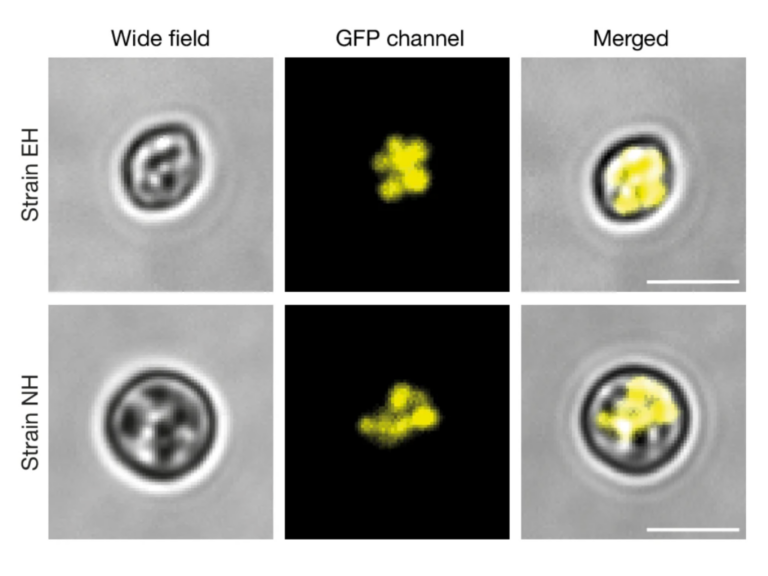Molecular Dialogue During Host Manipulation by the Vascular Wilt Fungus Fusarium oxysporum
Vascular wilt fungi are a group of hemibiotrophic phytopathogens that infect diverse crop plants. These pathogens have adapted to thrive in the nutrient-deprived niche of the plant xylem. Identification and functional characterization of effectors and their role in the establishment of compatibility across multiple hosts, suppression of plant defense, host reprogramming, and interaction with surrounding microbes have been studied mainly in model vascular wilt pathogens Fusarium oxysporum and Verticillium dahliae. Comparative analysis of genomes from fungal isolates has accelerated our understanding of genome compartmentalization and its role in effector evolution. Also, advances in recent years have shed light on the cross talk of root-infecting fungi across multiple scales from the cellular to the ecosystem level, covering their interaction with the plant microbiome as well as their interkingdom signaling. This review elaborates on our current understanding of the cross talk between vascular wilt fungi and the host plant, which eventually leads to a specialized lifestyle in the xylem. We particularly focus on recent findings in F. oxysporum, including multihost associations, and how they have contributed to understanding the biology of fungal adaptation to the xylem. In addition, we discuss emerging research areas and highlight open questions and future challenges.


